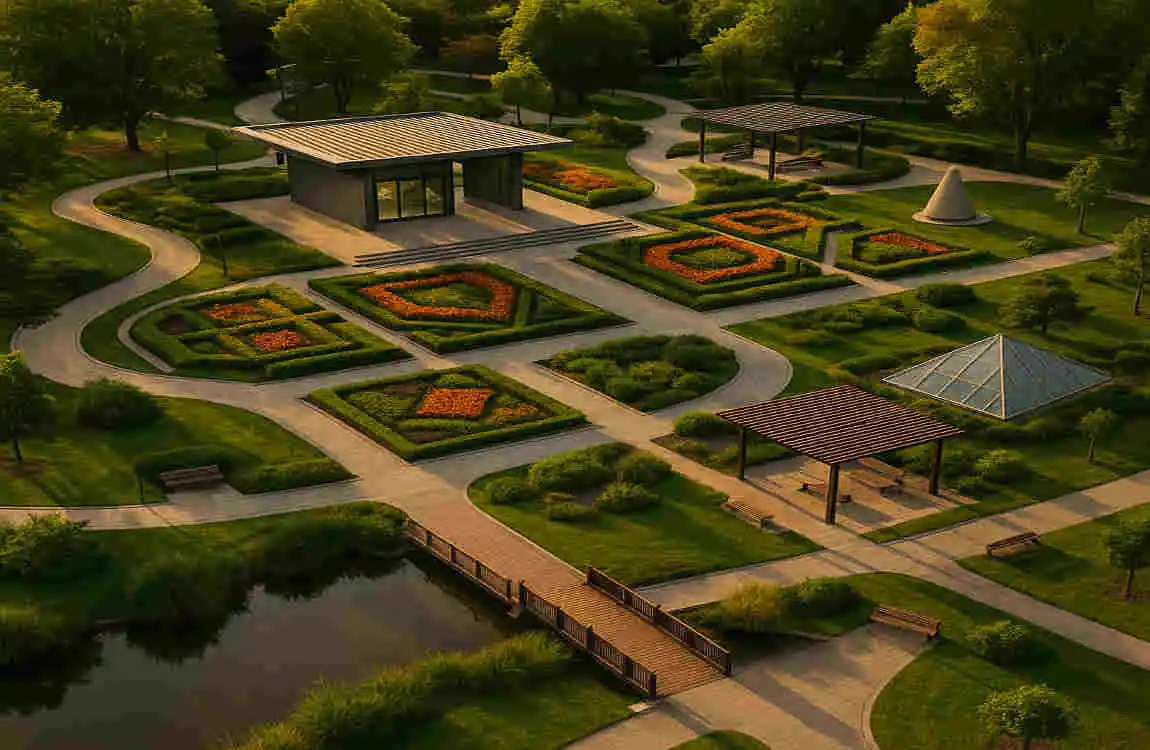Nestled in the heart of Kent’s rolling countryside stands Chartwell House, a property that served not just as a home but as a sanctuary for one of Britain’s most iconic leaders, Sir Winston Churchill. With its rich history and breathtaking views, this remarkable estate offers visitors a unique glimpse into the private life of the man who led Britain through its darkest hours.
Today, I’ll take you through this historic property, exploring its Tudor origins, Churchill’s profound connection to the estate, and its current status as one of Britain’s most cherished National Trust properties. Whether you’re a history enthusiast, an architecture lover, or simply curious about Churchill’s life beyond the political stage, this comprehensive guide will help you understand why Chartwell continues to captivate visitors worldwide.
The Rich History of Chartwell House

Tudor Beginnings and Victorian Transformation
The story of Chartwell begins in the Tudor period, with the earliest records of the property dating back to 1362. The name “Chartwell” itself has fascinating origins, derived from the “chart” (Kentish for common) well that still feeds the property’s northern ponds today. The original structure, built between 1515 and 1546, was a hunting lodge, strategically positioned to offer spectacular views over a private valley and lake.
You may also read (house prices teddington).
As time progressed, the property underwent significant transformations. During the Victorian era, the house served various purposes, including a period as a foundling house for the London Foundling Hospital until 1836. The Campbell Colquhouns later acquired the property and made substantial alterations, giving it the Victorian architectural character that would later catch Churchill’s eye.
Churchill’s Vision for Chartwell
In 1922, Winston Churchill made what would become one of his most personal decisions – the purchase of Chartwell. Despite its dilapidated state and prevalent dry rot, Churchill was captivated by the property’s stunning views across the Weald of Kent. Working with architect Philip Tilden, Churchill embarked on an extensive renovation project to transform the Victorian country house into a comfortable family home while preserving its historical character.
You may also read (house built in 1985).
Architectural and Landscape Features

The House’s Distinctive Character
Chartwell is a “huge but plain unembellished brick house” that sits harmoniously within its rolling landscape. The architecture perfectly balances grandeur and understated elegance, reflecting Churchill’s preference for comfortable living spaces over ostentatious displays.
Gardens and Grounds
The gardens at Chartwell represent one of its most enchanting features, showcasing Churchill’s personal touch and vision. The landscape includes:
- Meticulously maintained walled gardens
- Hidden ponds and lakes
- Croquet lawns
- Churchill’s personally built brick walls
- Coniferous hedges and rhododendron plantings
The Famous Views
The most captivating feature of Chartwell is its panoramic views over the Weald of Kent. These vistas, which initially drew Churchill to the property, remain one of its most remarkable attributes, offering visitors the same inspiring outlook that Churchill enjoyed during his time here.
You may also read (jersey shore house).

